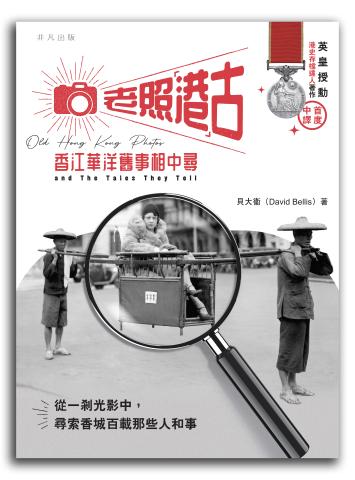老照港古 launch offer: 20% off!
[19 July update: If the 一本 My Book One website shows 'out of stock', another option is to order direct from the publisher's website (it shows the full list price on the first page, but it applies a 20% discount when you checkout).]
To celebrate the launch of 老照港古:香江華洋舊事相中尋, you can get the new book for just HK$126.40 if you buy in July. That's a saving of 20% off the list price.
Buy in person (16-22 July 2025)
Visit publisher 非凡出版 on stand 1D-C02 at the Hong Kong Book Fair to buy a copy in person.
Buy online (14-31 July 2025)
[If the 一本 My Book One website shows 'out of stock', another option is to order direct from the publisher's website (it shows the full list price on the first page, but it applies a 20% discount when you checkout).] Visit the 一本 My Book One website to buy your copy online.
Questions & Answers
Q1. Is this a new book, or a compilation of your English books, or ... ?
A1. This is the Chinese translation of my first book, Volume 1 of Old Hong Kong Photos and The Tales They Tell.
Q2. Are Chinese translations of Volumes 2-5 available too?
A2. Not yet, but I hope that if this first book gets a good response, then the later volumes will also be translated.
Q3. Can I order a copy if I live outside Hong Kong?
A3. Yes, both My Book One and the publisher ship orders to countries outside of Hong Kong.
Q4. Can I see a sample?
A4 Yes, please click here to see a PDF with several sample pages from the book.
Q5. What happens after 31 July?
A5. After 31 July the book's price will be the regular list price of HK$158. The book will still be available to order online at the My Book One website, and it will also be available in Hong Kong bookstores.
Q6. Are the English-language books still available to buy?
A6. Yes, all five English-language books in the original Old Hong Kong Photos and The Tales They Tell series are still available to buy - please click here for details.
- Read more about 老照港古 launch offer: 20% off!
- Log in or register to post comments



















